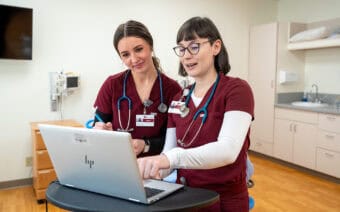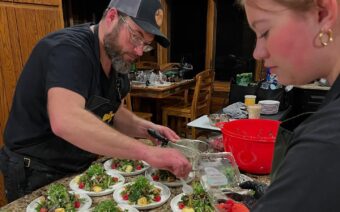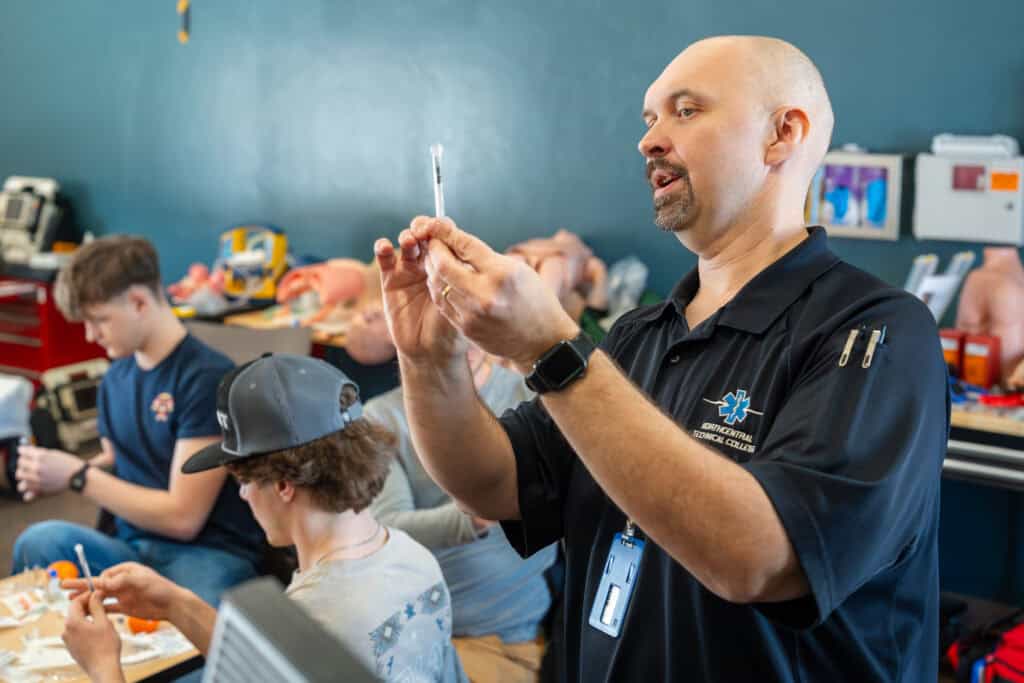
June 9, 2025
NORTH CENTRAL WISCONSIN – Northcentral Technical College (NTC) students continue their streak of achieving a 100% pass rate on the National Registry of Emergency Medical Technicians (NREMT) paramedic exam.
All 12 of the students in the program’s most recent cohort passed the exam, marking the third year in a row that every student completing the program earned their paramedic license.
Will Isham, EMS program director, NTC, said this license is crucial to a student’s career as it provides the legal right to practice as a paramedic.
In Wisconsin, the license is issued by the Department of Health Services, which Isham said opens the door for the student to provide advanced emergency medical care for critical and emergent patients who access the emergency medical system.
Per nremt.org, the NREMT paramedic exam is a rigorous national standard, testing the advanced knowledge and skills required to provide life-saving care in emergency settings.
The exam averages anywhere from 120-150 questions and allows for up to three and a half hours for test-taking.
Above average
At NTC, all 12 students in the program passed the most recent exam on their first attempt.
In contrast, Isham said the first-time pass rate for this Wisconsin exam is about 73%.
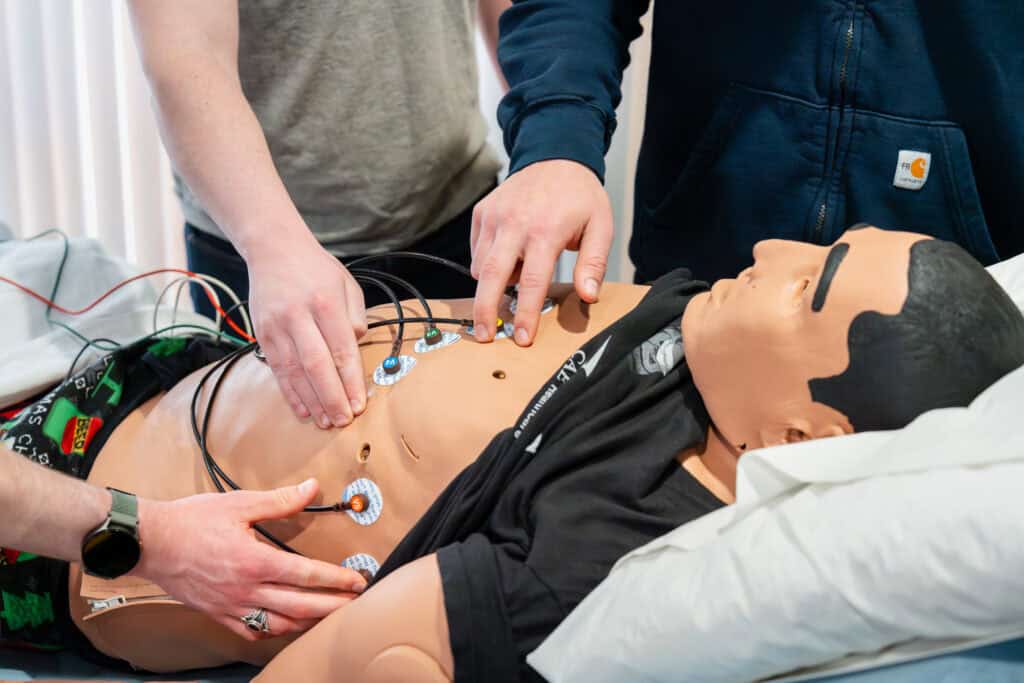
“Students can have up to six attempts, but we want them to pass the first time,” he said.
The positive running streak of NTC students successfully passing exams is something Angela Roesler – dean of health sciences and community services at NTC – said she attributes to faculty and student support.
“Directly connecting with students is part of the success,” she said. “That can be tricky with a hybrid program, but our faculty takes the time to connect with every student and gives them the support they need to succeed.”
A few years ago, post-COVID-19, Isham said NTC made a few significant changes to how they managed the programs.
This, he said, included blending 16 classes across the three programs and reaching out to each student to ensure they were comfortable with the faculty and program.
Isham said that’s also when the program shifted from an all-in-person format to a hybrid program that allowed for much-sought-after flexibility.
“Our paramedic program was in person, and we switched it to hybrid, with much of the learning online but skills in labs in person,” he said. “We put the program into students’ hands in the respect that they could come in as they needed to while maintaining and working their full-time jobs.”
Faculty and other staff’s outreach to students is what Isham said he credits with the exam passing trend.
“The biggest attribution to (passing three years of exams 100%) is that students know we want them to be here and feel like they belong,” he said.
Isham said he knows first-hand the challenges of juggling full-time work, family and school.
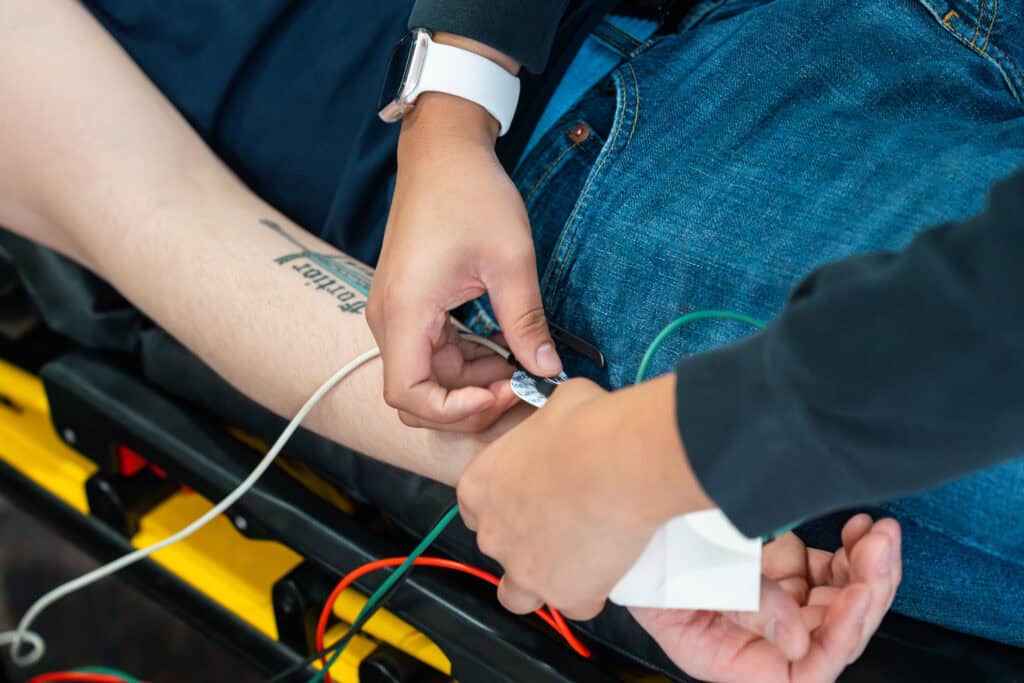
When he went back to school, he said he juggled dropping off his child at daycare en route to class.
And, Isham said he couldn’t do drop-off until 8 a.m. – the exact time his first class started.
“I was late to that class every day as a result,” he said.
Isham said NTC’s program sidesteps much of that challenge by offering flexibility to students.
He said the school offers several open labs so students can pick the days and times that work best for them
In the process, Isham said NTC has created a true differentiator.
“How we help people be engaged, even if their kid is sick today, differentiates us from other schools including other hybrid (offerings),” he said. “We continue to offer in-person learning for those who say, ‘I’m not an online person,’ and then put (the recording) out for others. We want every type of learner to get that information.”
Isham said many of these students are already serving their communities in full-time capacities, working within local EMS and fire departments, while completing their training.
Each class, he said, varies, but typically includes regular students who are progressing in their post-secondary education after high school, as well as sponsored students – those who are already working, committed to their departments and benefiting from partial or full financial support from the department.
Isham said the coursework is rigorous, ensuring students are well-prepared to meet the demands of the profession.
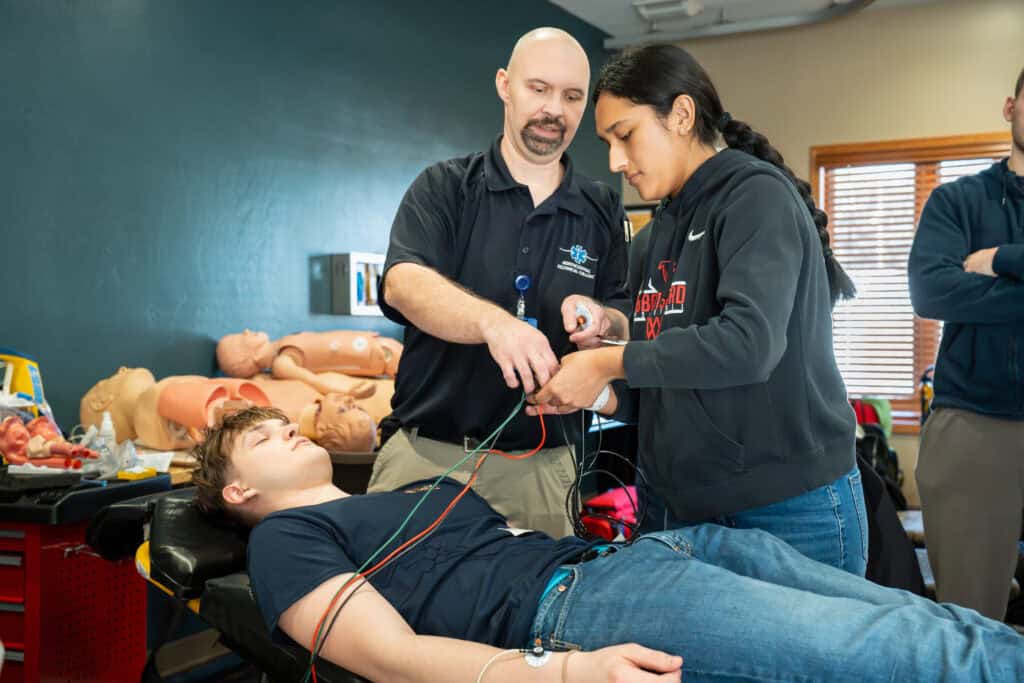
As a result, he said graduates are equipped with the critical thinking, leadership and clinical skills necessary to perform in high-pressure emergency situations.
Isham said students participate in 1,200 or more hours of class and clinical training required to become certified paramedics
Filling the need
There is a growing need for licensed paramedics and EMTs throughout the country.
The U.S. Bureau of Labor Statistics anticipates EMT employment will grow 6% from 2023 to 2033, faster than the average for all occupations.
Many of the 19,200 openings projected for each year for the next decade, per the bureau, are expected to result from the need to replace workers who change careers or retire.
And the trend, according to the bureau, is anticipated to continue due to an aging population and increasing healthcare needs.
At NTC, Roesler said serving the needs of local employers, be it healthcare organizations or other community employers, is highly satisfying and is behind much of what the college does.
“It’s a great feeling, knowing more departments in the community are sending people to us and the program because we have this pass rate,” she said. “Anytime we can turn out a class of 100% certified employees, that helps meet the needs of our local communities. It’s a really big circle, and that’s what we do every day.”
 Shawano’s Wolf River Dental opens new, stand-alone location
Shawano’s Wolf River Dental opens new, stand-alone location ‘Think of it as the Oscars of our industry’
‘Think of it as the Oscars of our industry’


